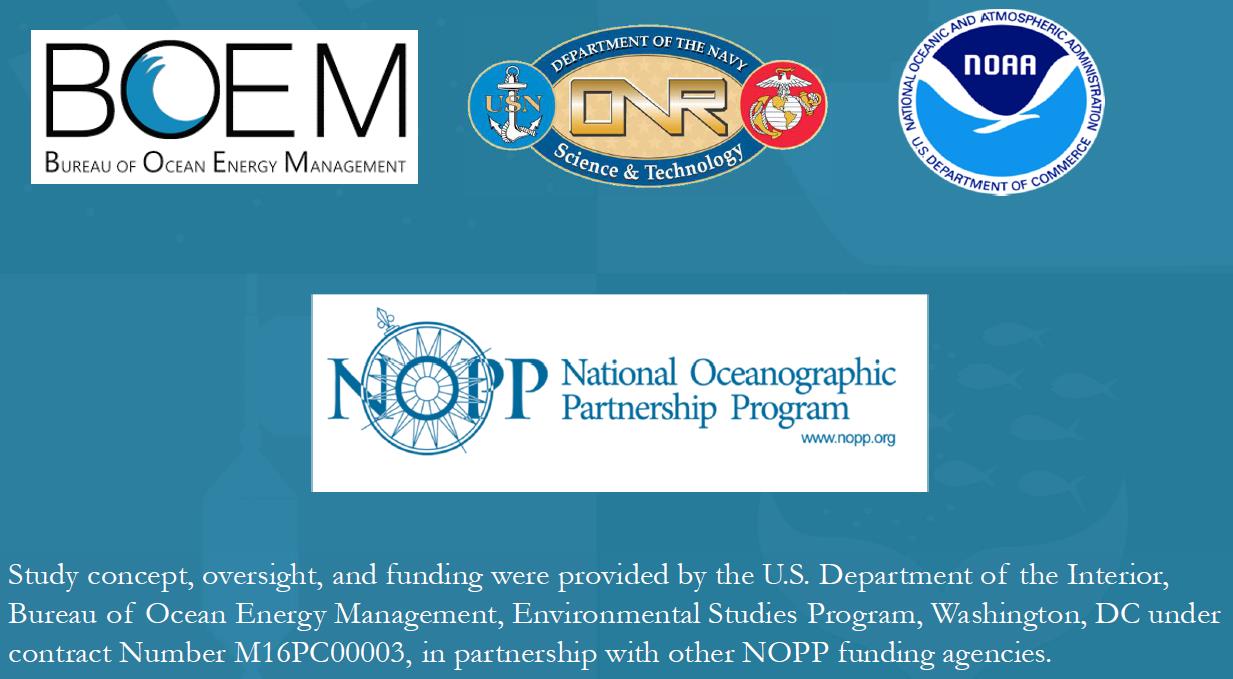Dec 15, 2020 Blog Post – Carmen Lawrence
Hello readers! It’s Carmen Lawrence again from JASCO Applied Sciences. Yesterday we retrieved the last lander of the ADEON project! It’s a great feeling to have ended our ADEON adventure with every single lander accounted for, despite some recoveries being unconventional. Aside from our primary retrieval method (using acoustic releases), we have had ROV Jason recovery, fishing vessel recovery, and even one that surfaced 10 days after sending the release codes (which was rescued by a very generous nearby vessel – M/V Alucia).
Luckily, we install iridium beacons on all our equipment, so we can track their movements when they surface. These beacons have been essential to our 100% recovery success for this project. These beacons are installed on the top deck of the lander and contain a water sensor, iridium antenna, and a GPS antenna. Once the water sensor detects the unit has surfaced, it attempts to connect to the iridium satellite network. If the connection is successful, it will attain a GPS fix and will begin transmitting location messages at a rate programmed by the user. We use the iridium network to communicate with the beacon and send commands. For example, we can change how often the beacon transmits GPS fixes to either conserve battery (less frequent) or to make the lander easier to locate in open water (more frequent). When deploying equipment in the ocean, redundancy is the key to a successful recovery and beacons add an extra layer of insurance (especially when they surface unexpectedly).


